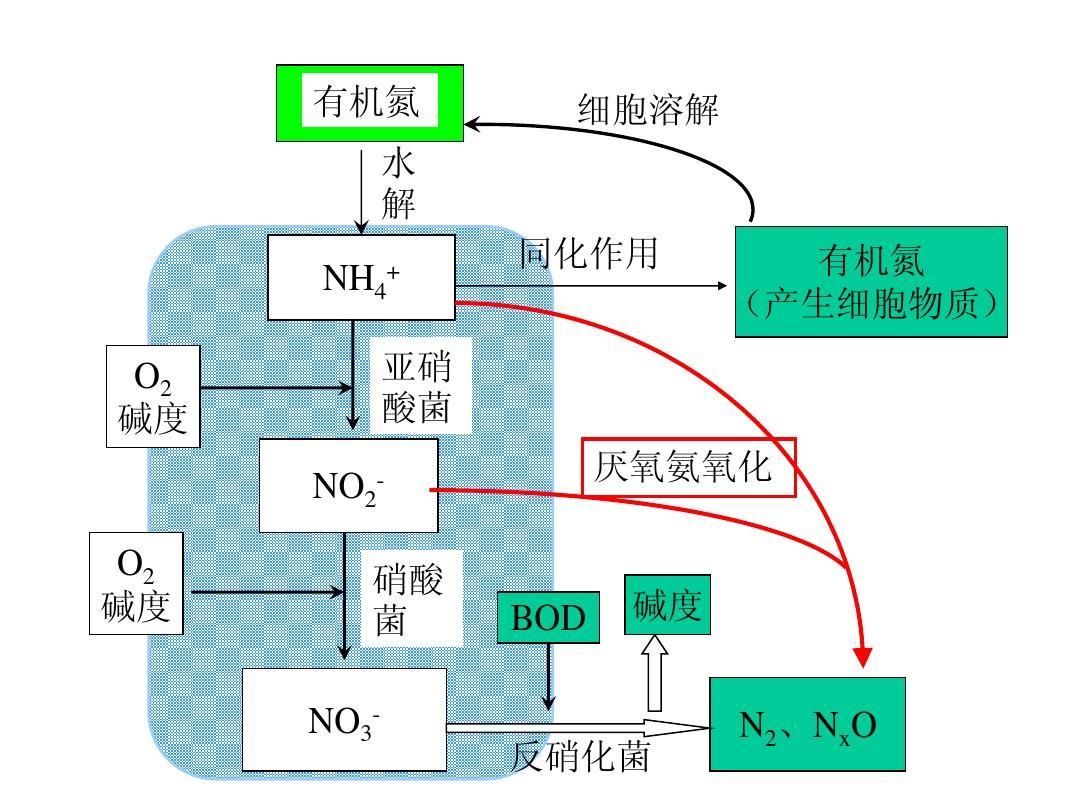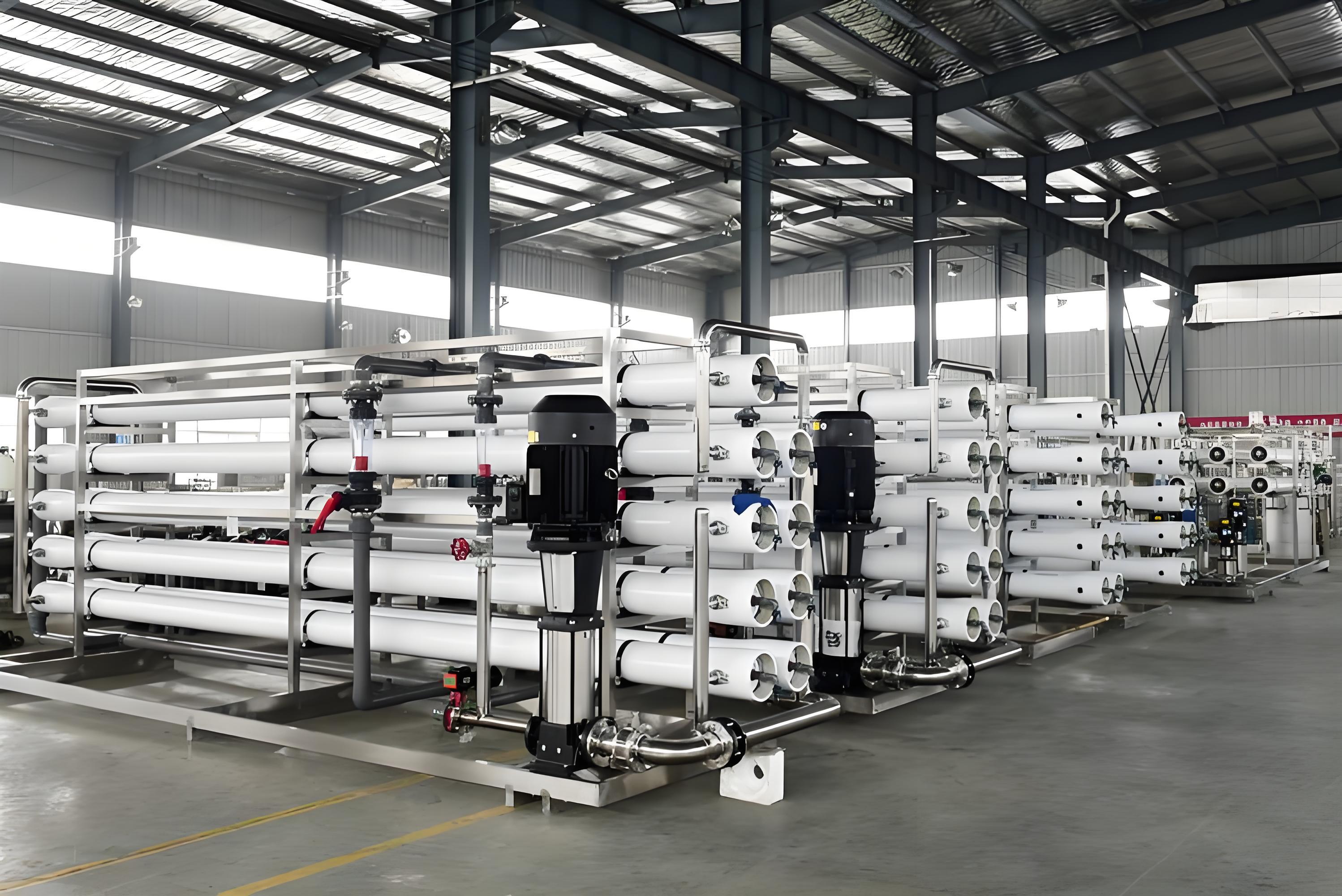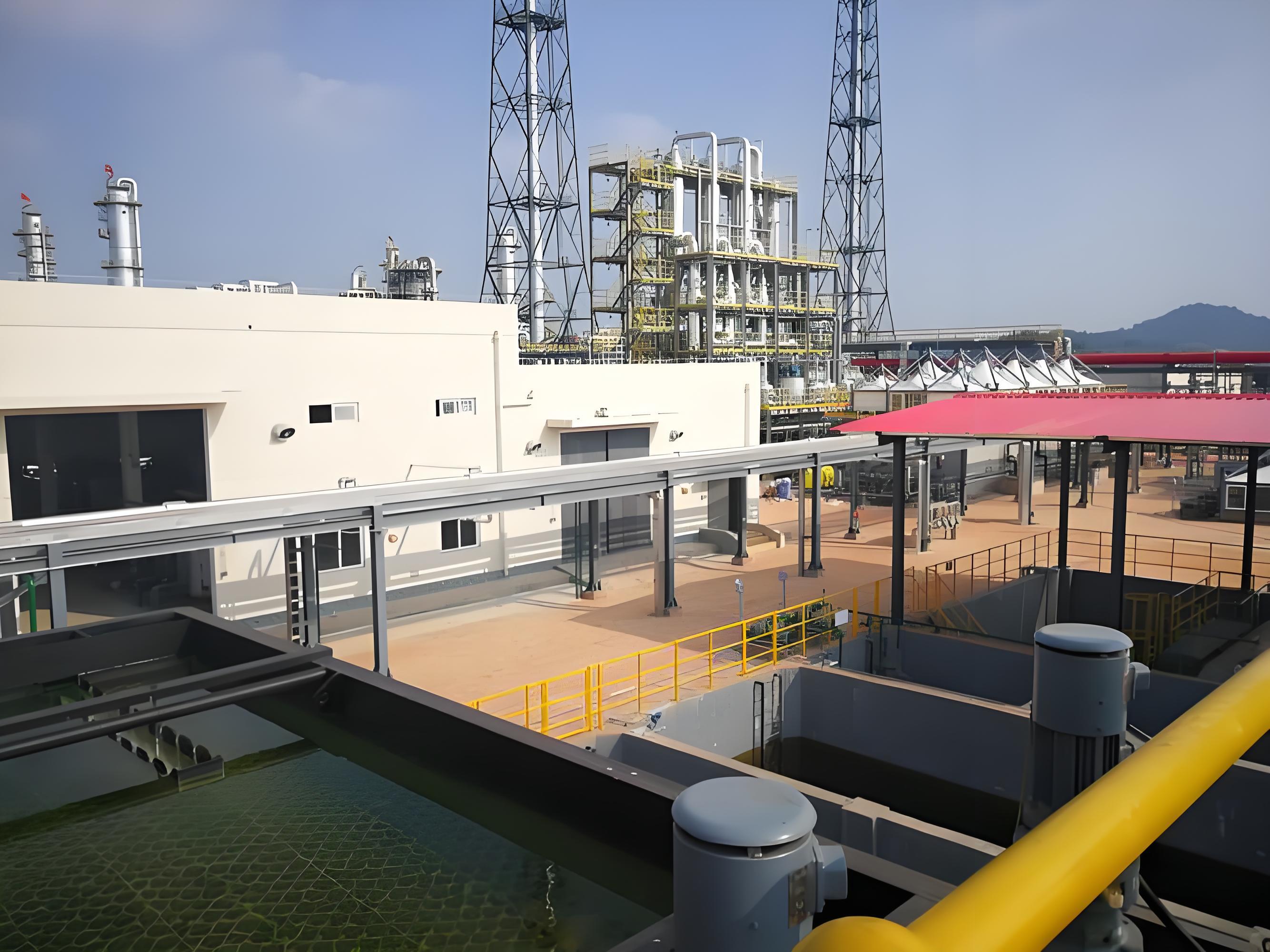04
2023
-
12
The principle and characteristics of the recycling water tank in a water plant
Author:
Huanke
The recycling water tank plays an important role as an auxiliary in water treatment plants, mainly supporting V-shaped filters. When the V-shaped filter needs to be backwashed, the function of the recovery pool becomes apparent. Generally speaking, the recycling pool will be designed into two groups for sedimentation and reuse after the filter water is recycled.
The equipment composition of the recycling water tank is not complicated, mainly including inlet gate valve, overflow gate valve, interconnecting gate valve, lifting pump, submersible thruster, ultrasonic level gauge, and various valves. These devices each have their own specific functions, providing support for the operation of the recycling pool.
Firstly, the inlet gate valve is in a closed state under normal circumstances. When the filter needs to be backwashed, the valve will be interlocked and opened under the command to recover the backwash wastewater. Why recycle these wastewater? This is because during the backwashing process of the filter, the main purpose is to remove impurities such as colloidal particles and microorganisms adsorbed by the filter sand during the filtration process. These impurities will not have a negative impact on the water body. On the contrary, from the perspective of energy conservation and consumption reduction, reusing these recycled water can greatly reduce the waste of water used by water plants.
Secondly, the overflow gate valve is generally closed. In order to recover more backwash water, closing the overflow valve can increase the recovery water level, thereby increasing the amount of recyclable water.
Furthermore, the interconnecting gate valve is usually in a normally open state. Its function is to balance the liquid level of two sets of water tanks, in order to achieve the best storage effect.
Next, the main function of the lifting pump is to lift the recovered water to the distribution well or sedimentation tank. Some water plants may not have designed distribution wells, so the recycled water will be directly sent to sedimentation tanks. The specific design will be determined based on the overall planning of the water plant. In the selection of water pumps, we need to ensure that they have the characteristics of high flow rate and high head to meet the needs of rapid and high lift. Generally speaking, the design of the recycling water tank is mainly to meet the backwashing needs of two sets of filters. In order to complete the backwashing work of all filters within a day, we need to quickly lift the water in the pool. This can also prepare water storage space in advance for filters that have not yet undergone backwashing.
In addition, the main function of the submersible thruster is to prevent sediment deposition from blocking the lifting pump. Therefore, it is necessary to turn on the lifting pump every time it works. Some people may worry that this will disturb the already settled water. But from the perspective of process operation principles, this concern is unnecessary. For example, in the process of using reservoir water for water purification in our company, we found that the characteristics of reservoir water are low temperature and low turbidity. This will have a negative impact on the flocculation effect of PAC agents in the production process of water plants. The reason is that the Brownian motion intensity of colloidal particles containing impurities in water is weakened, and the collision opportunities between particles are reduced, thereby reducing the hydration and coagulation effects of colloids. In order to solve this problem, our company successfully changed the characteristics of the raw water and increased the turbidity of the water body by recycling high turbidity water from the recycling pool to the distribution well through raw water characteristic tests. This measure increased Brownian motion, strengthened the binding of coagulation flocs, and successfully achieved adsorption bridging separation and removal of colloids. Practice has proven that this method has achieved very good results.
Finally, the main purpose of the ultrasonic level gauge is to enable the staff in the central control room to visually observe the real-time liquid level height of the recovery pool. This helps the staff to determine whether further action is needed to reach the required liquid level height.
Related Products
Biological nitrogen removal process of low temperature wastewater
2024-05-28
Prevention and treatment of calcium carbonate scaling in reverse osmosis operation
2024-05-22
Treatment of pyrazolone production wastewater - bipolar membrane electrodialysis process
2024-05-20
How much salt does sewage contain that can enter the biochemical system?
2024-05-17
Huanke Environmental Protection Technology
HOTLINE:
Address:Gongye 1st Street, Weicheng District, Weifang City, Shandong Province China
Contact:Zhang Gong
Phone:+86-18865361829
Email:sdhuanke@163.com


Consult
Copyright © 2023 Shandong Huanke Environmental Protection Technology Co., Ltd






